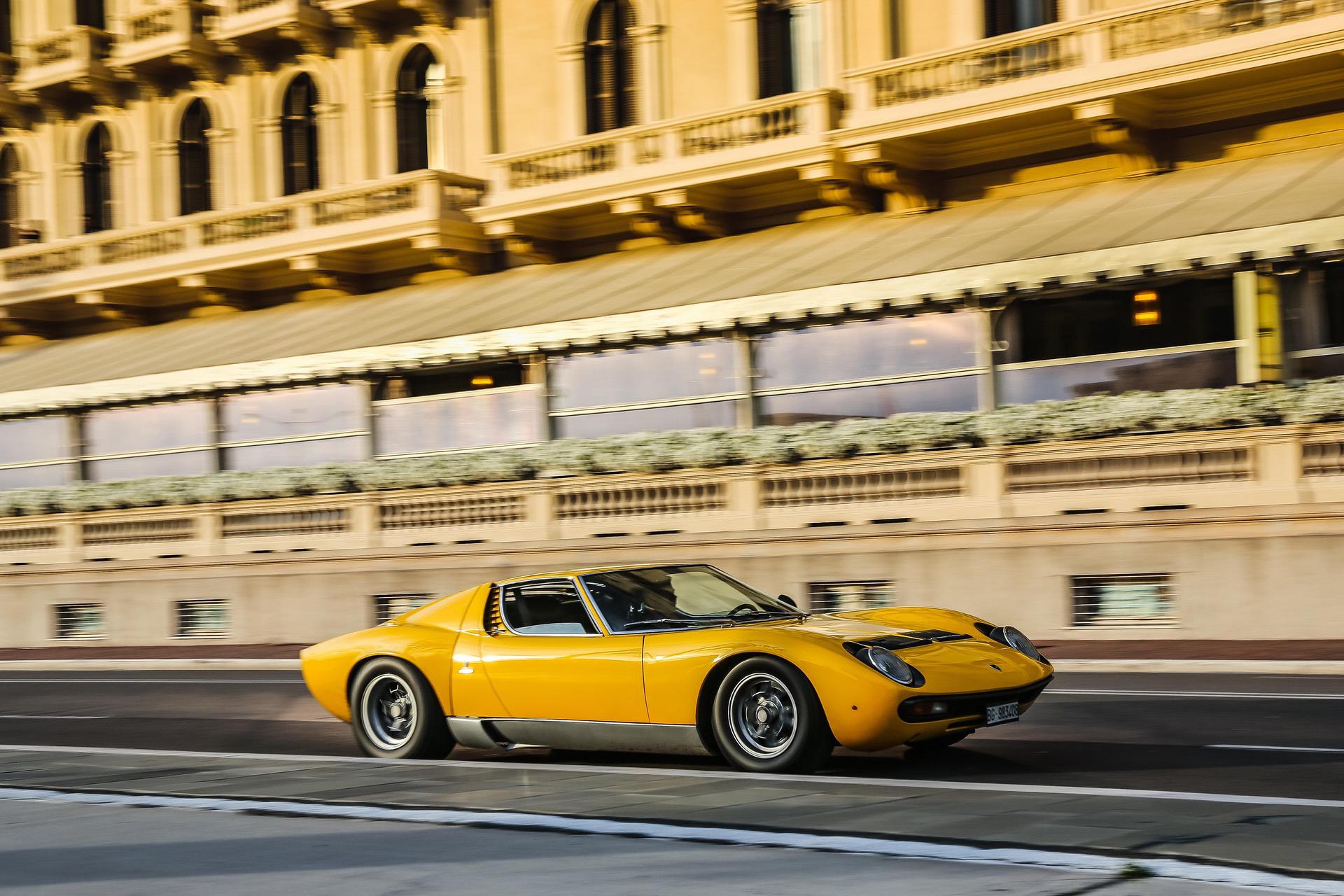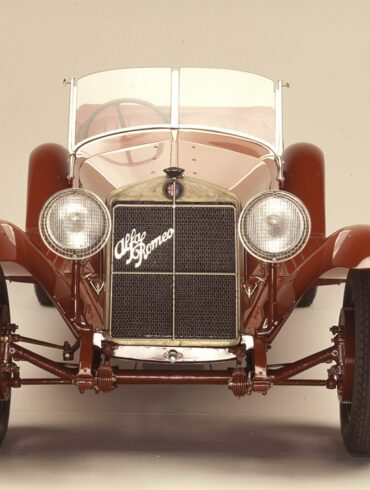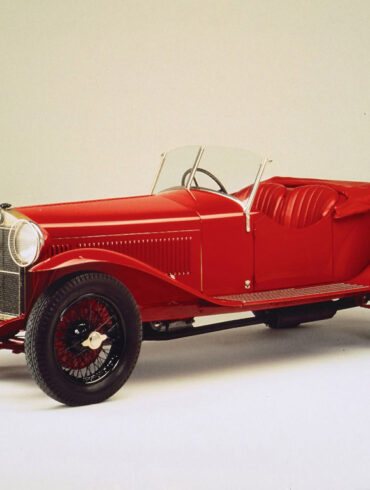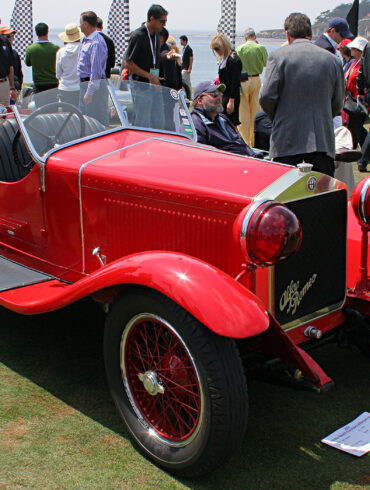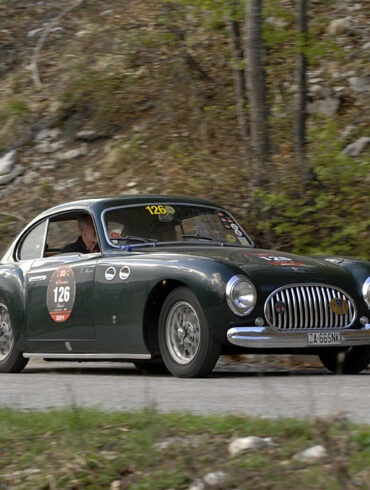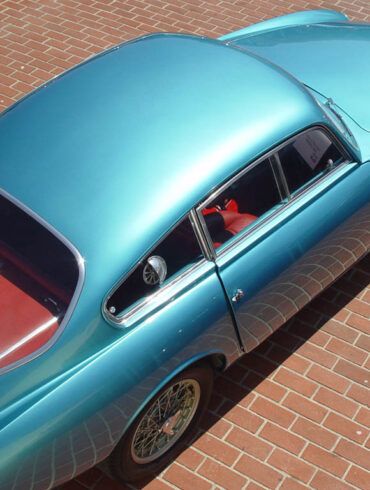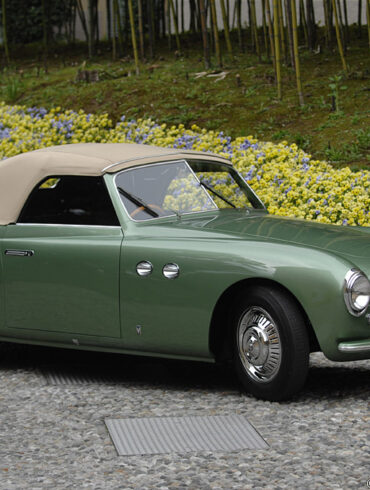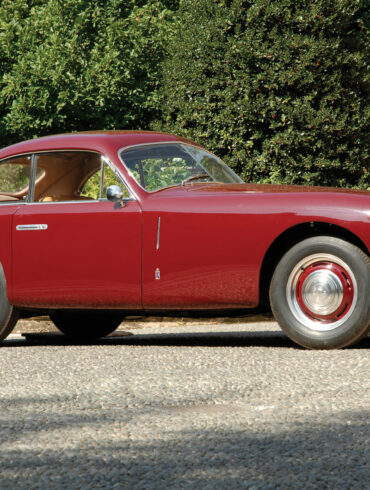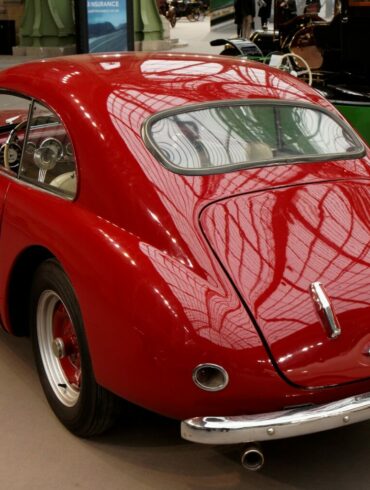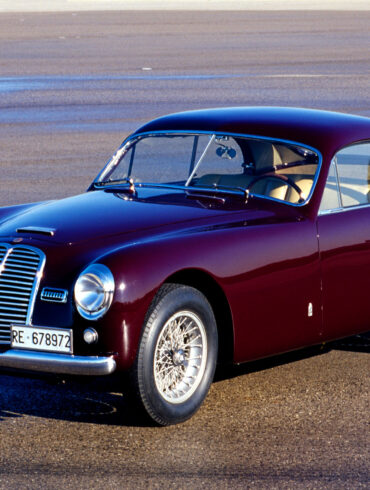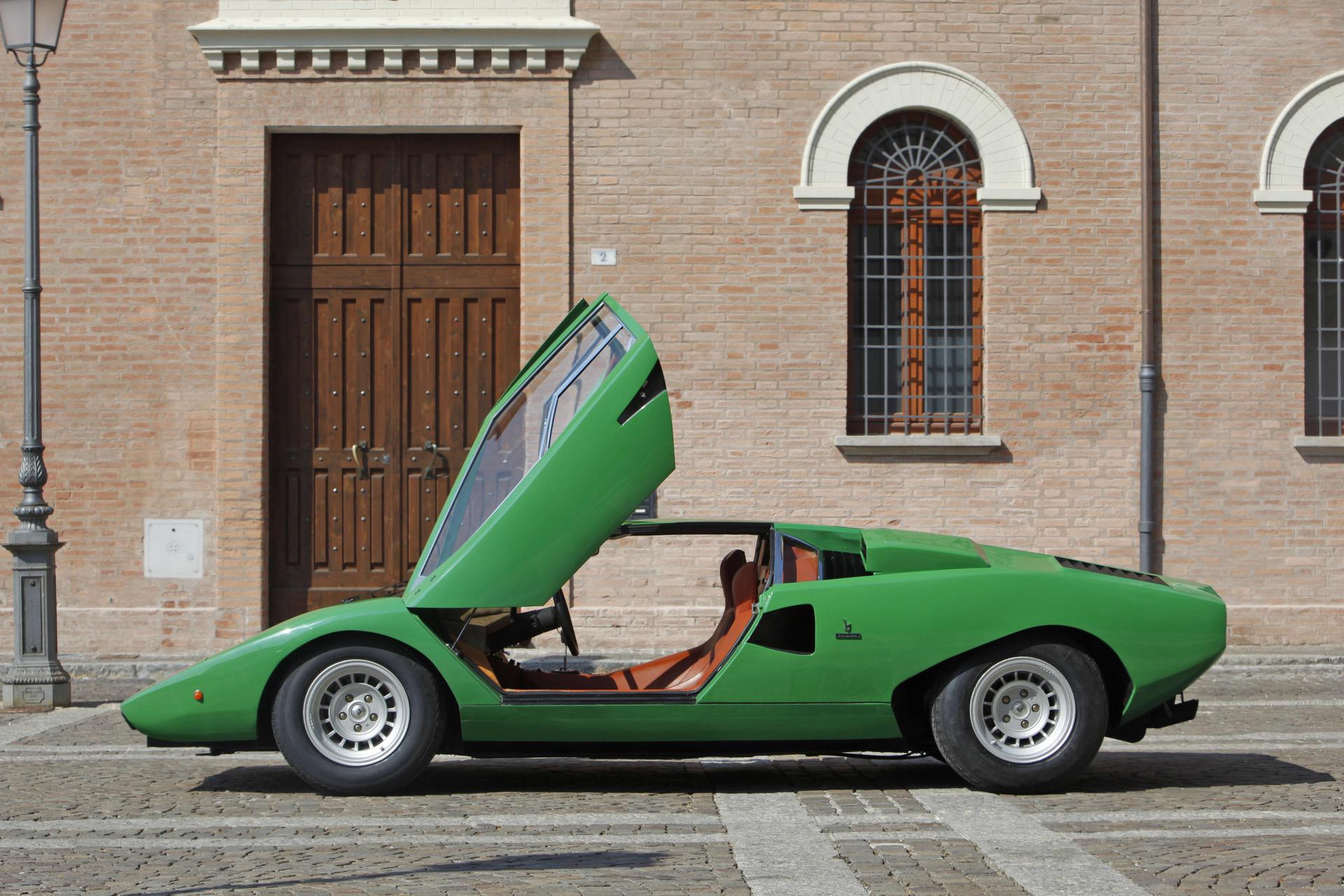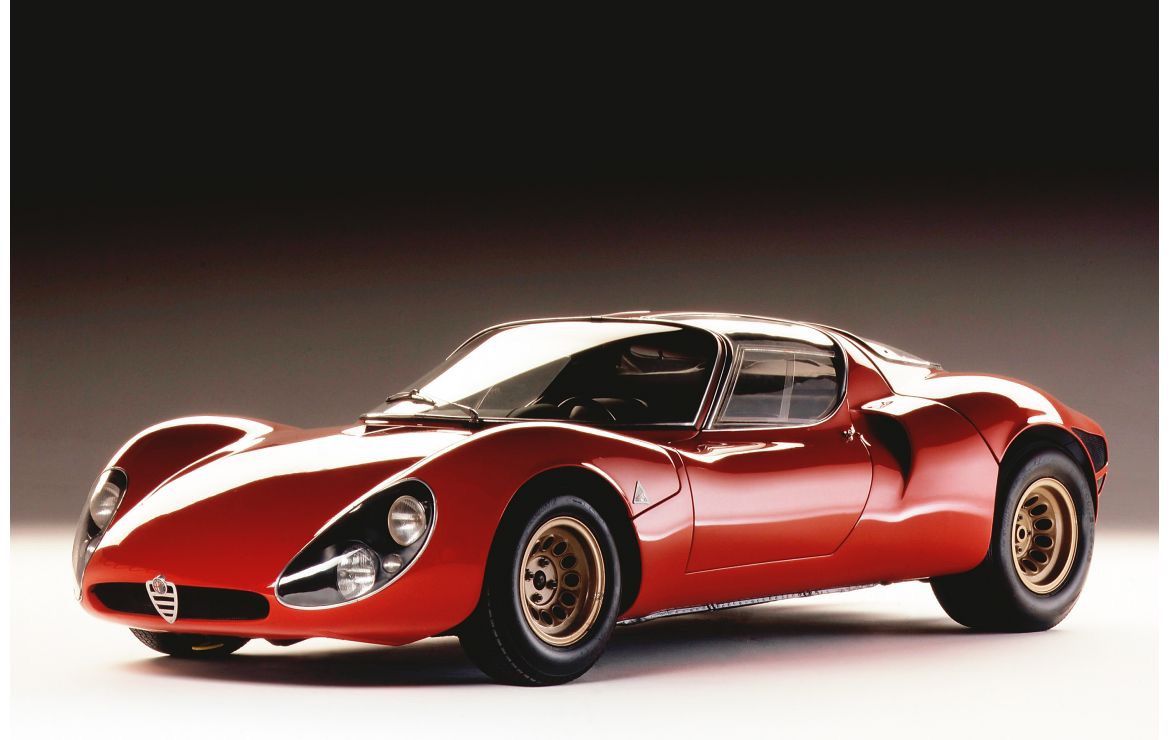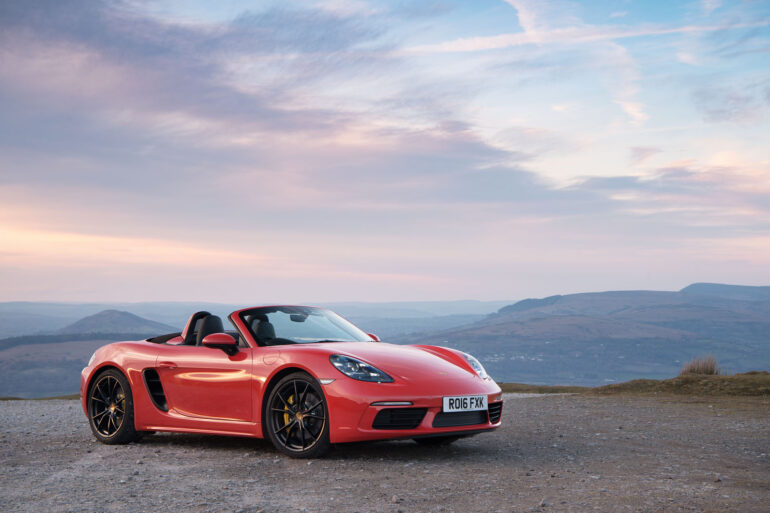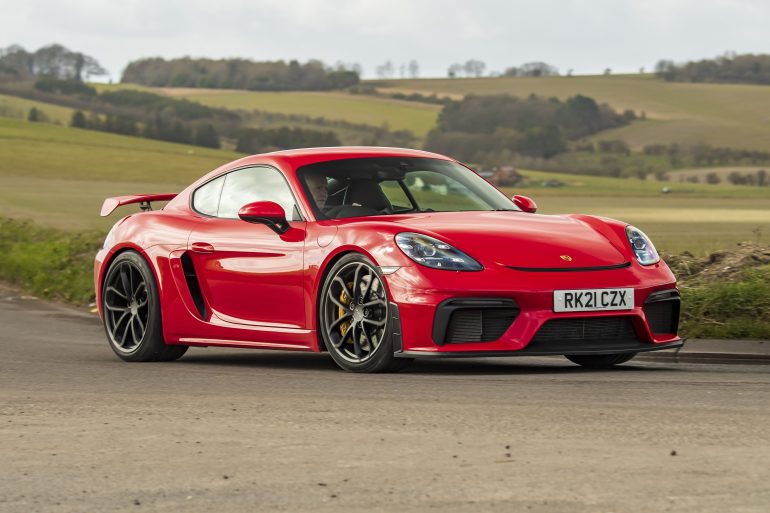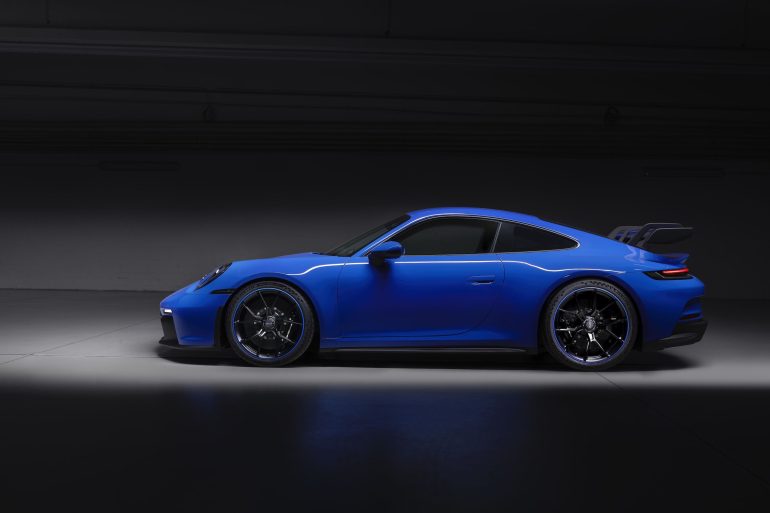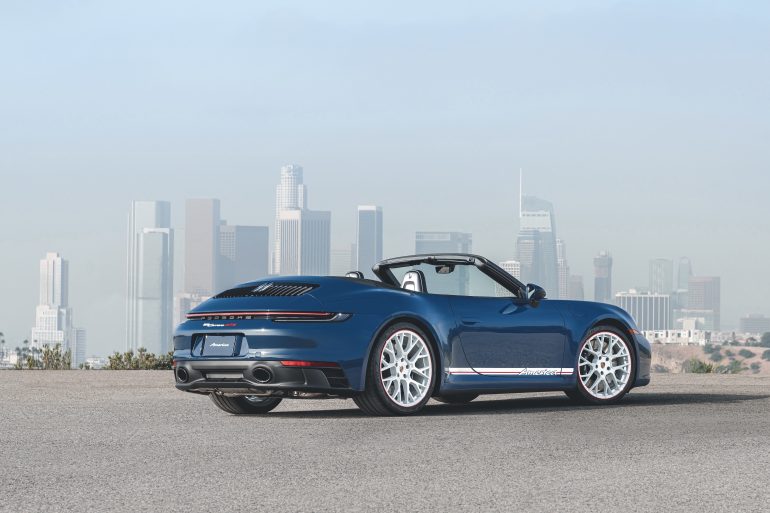Italian Automakers Have Produced Incredible Cars
Organizing this list was no easy task, as our contributors argued over which car belonged where and which specific models mattered most.
Last updated February 23, 2023 by Cameron Martel.
About Our Selections
As the old adage goes, perfect is the enemy of good. But it's hard to argue against the notion that Italian automakers have produced some of the most incredible sports cars, supercars, and hypercars around… and maybe even some that are indeed perfect.
While most casual petrolheads would immediately point to Ferrari and Lamborghini as examples of Italy's best, ignoring some of Italy's more boutique manufacturers is a grave omission indeed.
From Abarth’s angry little stingers to V12 Ferraris and everything in between, Italy offers one of the world’s most diverse portfolios when it comes to sports cars. As different as they are, what unites them all is that they’re engineered with passion and overflowing with character.
After all, Italy is known for its zealous dedication to finding beauty and excitement in everything, which definitely reflects on our favorite automotive segment. With that in mind, it is near impossible to make a definitive list of Italy’s greatest sports cars without it being an encyclopedic collection. So, here’s our selection of fifteen amazing Italian sports cars that all played important historical roles, shaping the automotive world to this very day.
In this list, we celebrate the best cars to come from Italy and honor their contributions to the automotive world.
The Most Notable & Desirable Italian Cars Ever Made
These cars were picked due to their collector's status, inherent value, or landmark impact they made on the industry.
1928 Alfa Romeo 6C 1500 Sport
Before Ferrari, Masterati, Abarth, and Lamborghini, there was Alfa
What Makes It Special
Before the Ferraris, the Maseratis, the Abarths, and the Lamborghinis, Alfa Romeo was the quintessential Italian sports car maker—and there’s a common consensus that it all started with the 6C 1500 Sport. It was a 1.5-liter straight-six-powered 2-seater built in several specs, including ones with dual overhead camshafts and a supercharger.
Regardless of particular specification, the 6C 1500 Sport was specifically built to compete in all types of races—including the fabled Mille Miglia, where it won in 1928, scoring the first out of 10 victories for Alfa Romeo.
In addition to competing in prestigious events, Alfa Romeo 6C 1500 Sport appeared in numerous local races, driven by aces who were yet to prove themselves to the developing racing world. One of them was Enzo Ferrari, who established Scuderia Ferrari in 1929 as an Alfa Romeo racing team thanks to his success with this car. So the 6C 1500 Sport not established Alfa Romeo as motorsport royalty but also helped create what would become the most recognizable sports car maker in the world.
Engine & Drivetrain Specifications
Engine: 1.5L DOHC Straight-Six, supercharged
Power: XXXX hp
Torque: XXXX ft-lbs @ X,XXX rpm
Transmission: XYZ
Accomplishments, History, & Racing Achievements
Lorem ipsum dolor sit amet, consectetur adipiscing elit. Praesent suscipit mauris dui, in mattis nisi bibendum a. Proin nec quam sit amet orci tincidunt accumsan. Donec quis sagittis diam.
Sed pretium sit amet tortor at tincidunt. Aliquam nec consectetur eros.
Resources & Owner's Communities
Alfa Romeo 6C owners community
1946 Cisitalia 202
One of the most influential Italian cars you've never heard of
What Makes It Special
Established by Piero Dusio in 1946, the Cisitalia brand didn’t survive long in the unforgiving economic climate of post-WW2 Italy. Still, it is regarded as one of the most influential Italian automotive companies despite being relatively anonymous outside of car enthusiasts’ circles. The main reason for that is this very automobile. The Cisitalia 202 was conveyed as both a road and a race car and was in part engineered by Carlo Abarth.
The chassis and body design was the first project carried out by a young designer named Battista Farina, and it proved to become one of his most influential ones. The Cisitalia’s fluid, sculptural body with a long hood and a short cabin set a blueprint for generations of berlinettas and barchettas.
The design soon gained international recognition when the Cisitalia 202 was included in MoMA’s 1951 exhibition named 8 Automobiles. By that time, though, both Farina and Abarth had set up their blossoming businesses, creating other automotive icons one by one.
Engine & Drivetrain Specifications
Engine: XYZ
Power: XXXX hp
Torque: XXXX ft-lbs @ X,XXX rpm
Transmission: XYZ
Accomplishments, History, & Racing Achievements
Lorem ipsum dolor sit amet, consectetur adipiscing elit. Praesent suscipit mauris dui, in mattis nisi bibendum a. Proin nec quam sit amet orci tincidunt accumsan. Donec quis sagittis diam.
Sed pretium sit amet tortor at tincidunt. Aliquam nec consectetur eros.
Resources & Owner's Communities
Cisitalia 202 Owners community
1946/1947 Maserati A6 1500
The first post-WWII Italian car
What Makes It Special
Just like Enzo Ferrari cut his teeth in racing before transferring to road cars, the Maserati brothers also employed their experience from motorsports to create fast street going automobiles. The A6 nameplate thus appeared almost simultaneously on some very different cars, all powered by lively straight-six engines.
The alphanumeric designation stood for Alfieri Six-Cylinder, while the numbers signified engine displacement of either 1.5 or 2 liters. Humble by today’s standards, the engines were sufficient for late 1940s Italy, and the race cars’ success was followed by a roadworthy A6 1500.
Maserati brothers commenced the A6 series’ development before the war, finishing it in 1947. Since Pinin Farina drew this car as well, the A6 1500 was a streamlined coupé with a long hood, much like the previous car on the list. In its three-year production span, Maserati built 61 of these cars, upgrading to the A6G 2000, A6GCS/53, Maserati A6G/54, and the A6GCM single seater. The momentum Maserati gained with the A6 series gave birth to the 3500 GT—a car which put Maserati on par with the industry’s greatest names (and where it remains to this day despite all its ups and downs).
Engine & Drivetrain Specifications
Engine: XYZ
Power: XXXX hp
Torque: XXXX ft-lbs @ X,XXX rpm
Transmission: XYZ
Accomplishments, History, & Racing Achievements
Lorem ipsum dolor sit amet, consectetur adipiscing elit. Praesent suscipit mauris dui, in mattis nisi bibendum a. Proin nec quam sit amet orci tincidunt accumsan. Donec quis sagittis diam.
Sed pretium sit amet tortor at tincidunt. Aliquam nec consectetur eros.
Resources & Owner's Communities
Maserati A6 1500 Owners community
The Best Performing Italian Cars Ever Made
Performance machines on and off the track, these Italian-made sports cars give the world's best a serious run for their money.
1928 Alfa Romeo 6C 1500 Sport
Before Ferrari, Masterati, Abarth, and Lamborghini, there was Alfa
What Makes It Special
Before the Ferraris, the Maseratis, the Abarths, and the Lamborghinis, Alfa Romeo was the quintessential Italian sports car maker—and there’s a common consensus that it all started with the 6C 1500 Sport. It was a 1.5-liter straight-six-powered 2-seater built in several specs, including ones with dual overhead camshafts and a supercharger.
Regardless of particular specification, the 6C 1500 Sport was specifically built to compete in all types of races—including the fabled Mille Miglia, where it won in 1928, scoring the first out of 10 victories for Alfa Romeo.
In addition to competing in prestigious events, Alfa Romeo 6C 1500 Sport appeared in numerous local races, driven by aces who were yet to prove themselves to the developing racing world. One of them was Enzo Ferrari, who established Scuderia Ferrari in 1929 as an Alfa Romeo racing team thanks to his success with this car. So the 6C 1500 Sport not established Alfa Romeo as motorsport royalty but also helped create what would become the most recognizable sports car maker in the world.
Engine & Drivetrain Specifications
Engine: 1.5L DOHC Straight-Six, supercharged
Power: XXXX hp
Torque: XXXX ft-lbs @ X,XXX rpm
Transmission: XYZ
Accomplishments, History, & Racing Achievements
Lorem ipsum dolor sit amet, consectetur adipiscing elit. Praesent suscipit mauris dui, in mattis nisi bibendum a. Proin nec quam sit amet orci tincidunt accumsan. Donec quis sagittis diam.
Sed pretium sit amet tortor at tincidunt. Aliquam nec consectetur eros.
Resources & Owner's Communities
Alfa Romeo 6C owners community
1946 Cisitalia 202
One of the most influential Italian cars you've never heard of
What Makes It Special
Established by Piero Dusio in 1946, the Cisitalia brand didn’t survive long in the unforgiving economic climate of post-WW2 Italy. Still, it is regarded as one of the most influential Italian automotive companies despite being relatively anonymous outside of car enthusiasts’ circles. The main reason for that is this very automobile. The Cisitalia 202 was conveyed as both a road and a race car and was in part engineered by Carlo Abarth.
The chassis and body design was the first project carried out by a young designer named Battista Farina, and it proved to become one of his most influential ones. The Cisitalia’s fluid, sculptural body with a long hood and a short cabin set a blueprint for generations of berlinettas and barchettas.
The design soon gained international recognition when the Cisitalia 202 was included in MoMA’s 1951 exhibition named 8 Automobiles. By that time, though, both Farina and Abarth had set up their blossoming businesses, creating other automotive icons one by one.
Engine & Drivetrain Specifications
Engine: XYZ
Power: XXXX hp
Torque: XXXX ft-lbs @ X,XXX rpm
Transmission: XYZ
Accomplishments, History, & Racing Achievements
Lorem ipsum dolor sit amet, consectetur adipiscing elit. Praesent suscipit mauris dui, in mattis nisi bibendum a. Proin nec quam sit amet orci tincidunt accumsan. Donec quis sagittis diam.
Sed pretium sit amet tortor at tincidunt. Aliquam nec consectetur eros.
Resources & Owner's Communities
Cisitalia 202 Owners community
1946/1947 Maserati A6 1500
The first post-WWII Italian car
What Makes It Special
Just like Enzo Ferrari cut his teeth in racing before transferring to road cars, the Maserati brothers also employed their experience from motorsports to create fast street going automobiles. The A6 nameplate thus appeared almost simultaneously on some very different cars, all powered by lively straight-six engines.
The alphanumeric designation stood for Alfieri Six-Cylinder, while the numbers signified engine displacement of either 1.5 or 2 liters. Humble by today’s standards, the engines were sufficient for late 1940s Italy, and the race cars’ success was followed by a roadworthy A6 1500.
Maserati brothers commenced the A6 series’ development before the war, finishing it in 1947. Since Pinin Farina drew this car as well, the A6 1500 was a streamlined coupé with a long hood, much like the previous car on the list. In its three-year production span, Maserati built 61 of these cars, upgrading to the A6G 2000, A6GCS/53, Maserati A6G/54, and the A6GCM single seater. The momentum Maserati gained with the A6 series gave birth to the 3500 GT—a car which put Maserati on par with the industry’s greatest names (and where it remains to this day despite all its ups and downs).
Engine & Drivetrain Specifications
Engine: XYZ
Power: XXXX hp
Torque: XXXX ft-lbs @ X,XXX rpm
Transmission: XYZ
Accomplishments, History, & Racing Achievements
Lorem ipsum dolor sit amet, consectetur adipiscing elit. Praesent suscipit mauris dui, in mattis nisi bibendum a. Proin nec quam sit amet orci tincidunt accumsan. Donec quis sagittis diam.
Sed pretium sit amet tortor at tincidunt. Aliquam nec consectetur eros.
Resources & Owner's Communities
Maserati A6 1500 Owners community
The Best Looking Italian Cars Ever Made
Italian automakers are renowned for designing and building some of the most gorgeous cars ever made. To this day, few can pen a design quite like the Italians…
1928 Alfa Romeo 6C 1500 Sport
Before Ferrari, Masterati, Abarth, and Lamborghini, there was Alfa
What Makes It Special
Before the Ferraris, the Maseratis, the Abarths, and the Lamborghinis, Alfa Romeo was the quintessential Italian sports car maker—and there’s a common consensus that it all started with the 6C 1500 Sport. It was a 1.5-liter straight-six-powered 2-seater built in several specs, including ones with dual overhead camshafts and a supercharger.
Regardless of particular specification, the 6C 1500 Sport was specifically built to compete in all types of races—including the fabled Mille Miglia, where it won in 1928, scoring the first out of 10 victories for Alfa Romeo.
In addition to competing in prestigious events, Alfa Romeo 6C 1500 Sport appeared in numerous local races, driven by aces who were yet to prove themselves to the developing racing world. One of them was Enzo Ferrari, who established Scuderia Ferrari in 1929 as an Alfa Romeo racing team thanks to his success with this car. So the 6C 1500 Sport not established Alfa Romeo as motorsport royalty but also helped create what would become the most recognizable sports car maker in the world.
Engine & Drivetrain Specifications
Engine: 1.5L DOHC Straight-Six, supercharged
Power: XXXX hp
Torque: XXXX ft-lbs @ X,XXX rpm
Transmission: XYZ
Accomplishments, History, & Racing Achievements
Lorem ipsum dolor sit amet, consectetur adipiscing elit. Praesent suscipit mauris dui, in mattis nisi bibendum a. Proin nec quam sit amet orci tincidunt accumsan. Donec quis sagittis diam.
Sed pretium sit amet tortor at tincidunt. Aliquam nec consectetur eros.
Resources & Owner's Communities
Alfa Romeo 6C owners community
1946 Cisitalia 202
One of the most influential Italian cars you've never heard of
What Makes It Special
Established by Piero Dusio in 1946, the Cisitalia brand didn’t survive long in the unforgiving economic climate of post-WW2 Italy. Still, it is regarded as one of the most influential Italian automotive companies despite being relatively anonymous outside of car enthusiasts’ circles. The main reason for that is this very automobile. The Cisitalia 202 was conveyed as both a road and a race car and was in part engineered by Carlo Abarth.
The chassis and body design was the first project carried out by a young designer named Battista Farina, and it proved to become one of his most influential ones. The Cisitalia’s fluid, sculptural body with a long hood and a short cabin set a blueprint for generations of berlinettas and barchettas.
The design soon gained international recognition when the Cisitalia 202 was included in MoMA’s 1951 exhibition named 8 Automobiles. By that time, though, both Farina and Abarth had set up their blossoming businesses, creating other automotive icons one by one.
Engine & Drivetrain Specifications
Engine: XYZ
Power: XXXX hp
Torque: XXXX ft-lbs @ X,XXX rpm
Transmission: XYZ
Accomplishments, History, & Racing Achievements
Lorem ipsum dolor sit amet, consectetur adipiscing elit. Praesent suscipit mauris dui, in mattis nisi bibendum a. Proin nec quam sit amet orci tincidunt accumsan. Donec quis sagittis diam.
Sed pretium sit amet tortor at tincidunt. Aliquam nec consectetur eros.
Resources & Owner's Communities
Cisitalia 202 Owners community
1946/1947 Maserati A6 1500
The first post-WWII Italian car
What Makes It Special
Just like Enzo Ferrari cut his teeth in racing before transferring to road cars, the Maserati brothers also employed their experience from motorsports to create fast street going automobiles. The A6 nameplate thus appeared almost simultaneously on some very different cars, all powered by lively straight-six engines.
The alphanumeric designation stood for Alfieri Six-Cylinder, while the numbers signified engine displacement of either 1.5 or 2 liters. Humble by today’s standards, the engines were sufficient for late 1940s Italy, and the race cars’ success was followed by a roadworthy A6 1500.
Maserati brothers commenced the A6 series’ development before the war, finishing it in 1947. Since Pinin Farina drew this car as well, the A6 1500 was a streamlined coupé with a long hood, much like the previous car on the list. In its three-year production span, Maserati built 61 of these cars, upgrading to the A6G 2000, A6GCS/53, Maserati A6G/54, and the A6GCM single seater. The momentum Maserati gained with the A6 series gave birth to the 3500 GT—a car which put Maserati on par with the industry’s greatest names (and where it remains to this day despite all its ups and downs).
Engine & Drivetrain Specifications
Engine: XYZ
Power: XXXX hp
Torque: XXXX ft-lbs @ X,XXX rpm
Transmission: XYZ
Accomplishments, History, & Racing Achievements
Lorem ipsum dolor sit amet, consectetur adipiscing elit. Praesent suscipit mauris dui, in mattis nisi bibendum a. Proin nec quam sit amet orci tincidunt accumsan. Donec quis sagittis diam.
Sed pretium sit amet tortor at tincidunt. Aliquam nec consectetur eros.
Resources & Owner's Communities
Maserati A6 1500 Owners community


